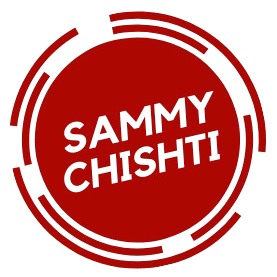I’ve been exploring the use of generative AI for images which has taken me on a journey. With my primary interest being psychiatry and the images being secondary I have limited my approach. Firstly there are the more practical applications. Secondly there is the relationship with the theoretical underpinnings. I am writing about this second strand in this post.
In my journey I quickly found with the recent large-scale interest in AI generative art that there is a fundamental premise which is recognised. The value of art is in the human condition and the relationship with others. Therefore no matter the sophistication of the AI images they may become an interesting footnote in history if they don’t resonate with this fundamental premise.
Therefore having neglected the development of skills in this area in pursuit of the more fundamental knowledge related to psychiatry, I’ve decided to explore this. To make it relevant to psychiatry I have focused at the moment on the generation of neuroanatomical images.

Image generated with Remarkable2
So to summarise where i’m up to. Firstly I started with drawing. That was the most straightforward. Combining pencils with charcoal was effective although the softer pencils could be used to produce a similar effect at my rather basic level. Then once created, the drawing could be processed.
I tried also using watercolour pencils and so far i’ve discovered it doesn’t go well with printer cartridge ink (from a failed workflow). Also some watercolour pencils i’ve found don’t work as well as others. So i’m having to investigate which ones work well and which ones don’t which will take a bit of time and effort. I’ve avoided using pastels as they generate residual material that I understand requires clearing.
Now the problem with all of the above solutions is that they wear down. They need sharpening or replacing. That is a key problem – sustainability.
I did find some pencils that are made using a different material which causes them to be much longer lasting. I haven’t started using them yet but from a sustainability perspective I will look to bring them into the centre of the workflow.
The next step is to digitise the drawings. Photographing doesn’t work well. Scanning is optimal but involves a few additional steps in the workflow. I’ve started using the Remarkable2 and here the workflow is better as I can access the desktop app. There are still a few steps to export the files.
In terms of the Remarkable2, the nibs of the pens do wear down and need replacing eventually. I’m not sure at present how long they will last although i’ve got a number of replacements.
The goal at the moment is to utilise a medium which is quick and practical. Drawing and Remarkable2 both seem like quick solutions.
I’m also looking to use virtual reality solutions and not sure how that’s going to work out but am hopeful.
So the progression of the Brain image is interesting. The cerebellum is difficult to draw and I will most likely have to practice this repeatedly.

Drawing of sagittal section through brain
Now that I have this image, I can keep using it as a basis for further drawings if one goes off course. The idea is that a print-out should be ok with the printer cartridge mixing with graphite but i’ll have to see. It certainly didn’t mix with the watercolour pencils though.
Then I was trying a quick sketch of a cross-section of the midbrain at the level of the superior colliculus.

Quick sketch of midbrain with Remarkable2
So i’m interested in efficiency. At the moment there are a lot of possible workflows. I’m also looking to combine it with artificial intelligence to see if it works. Here too there is a rapid expansion in the number of possible workflows that are possible. However there are also non-AI software solutions that are more established.



